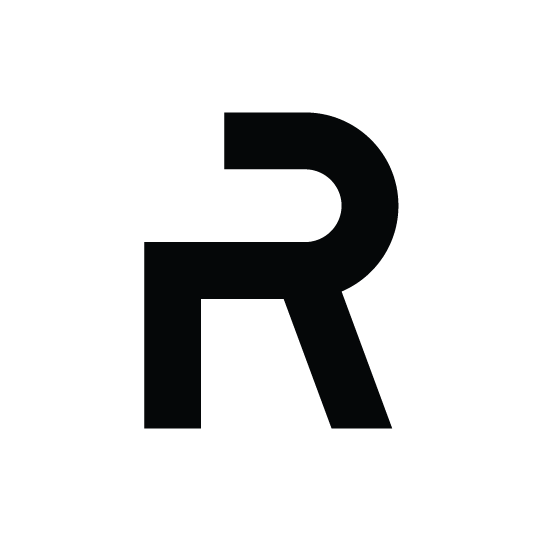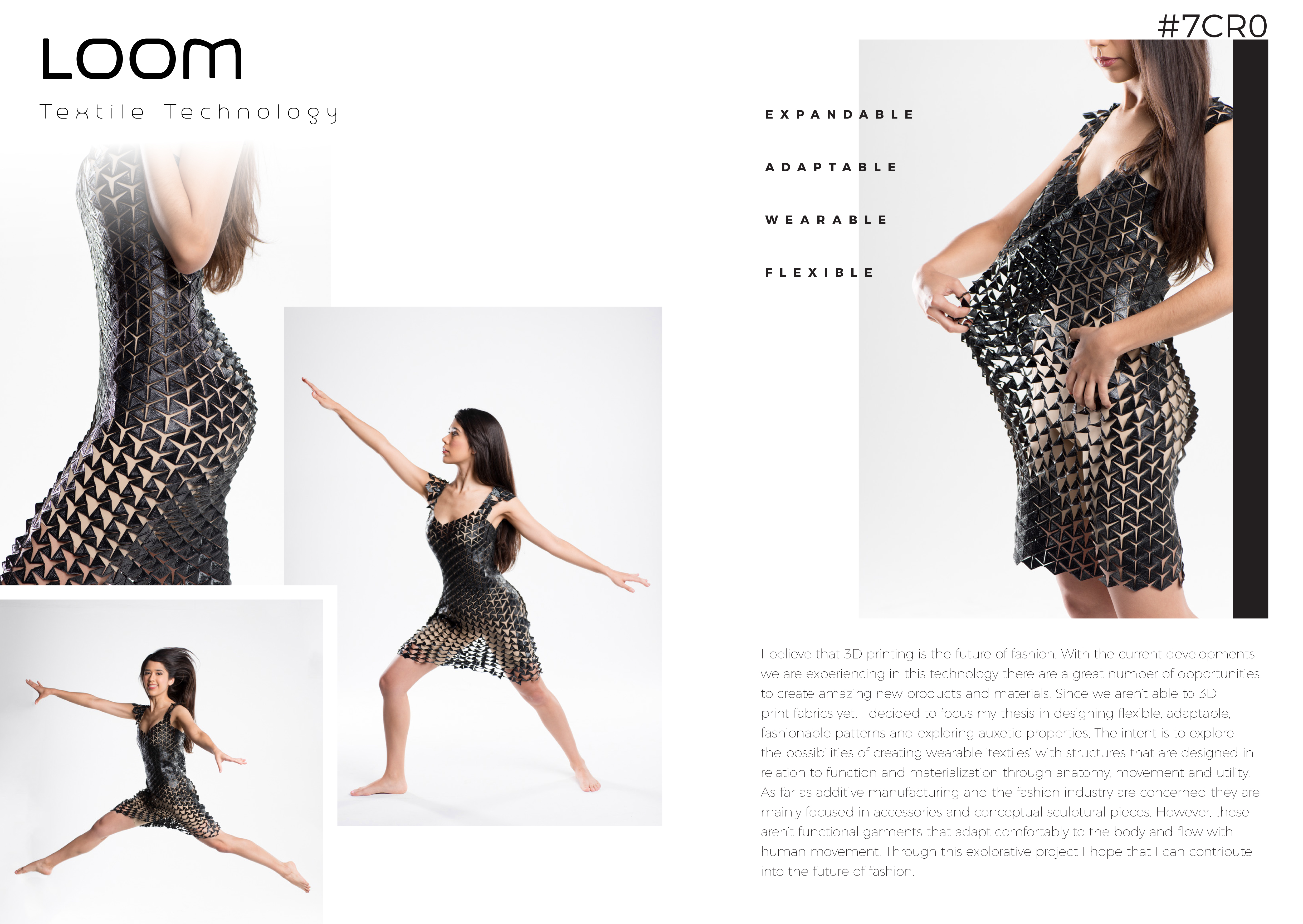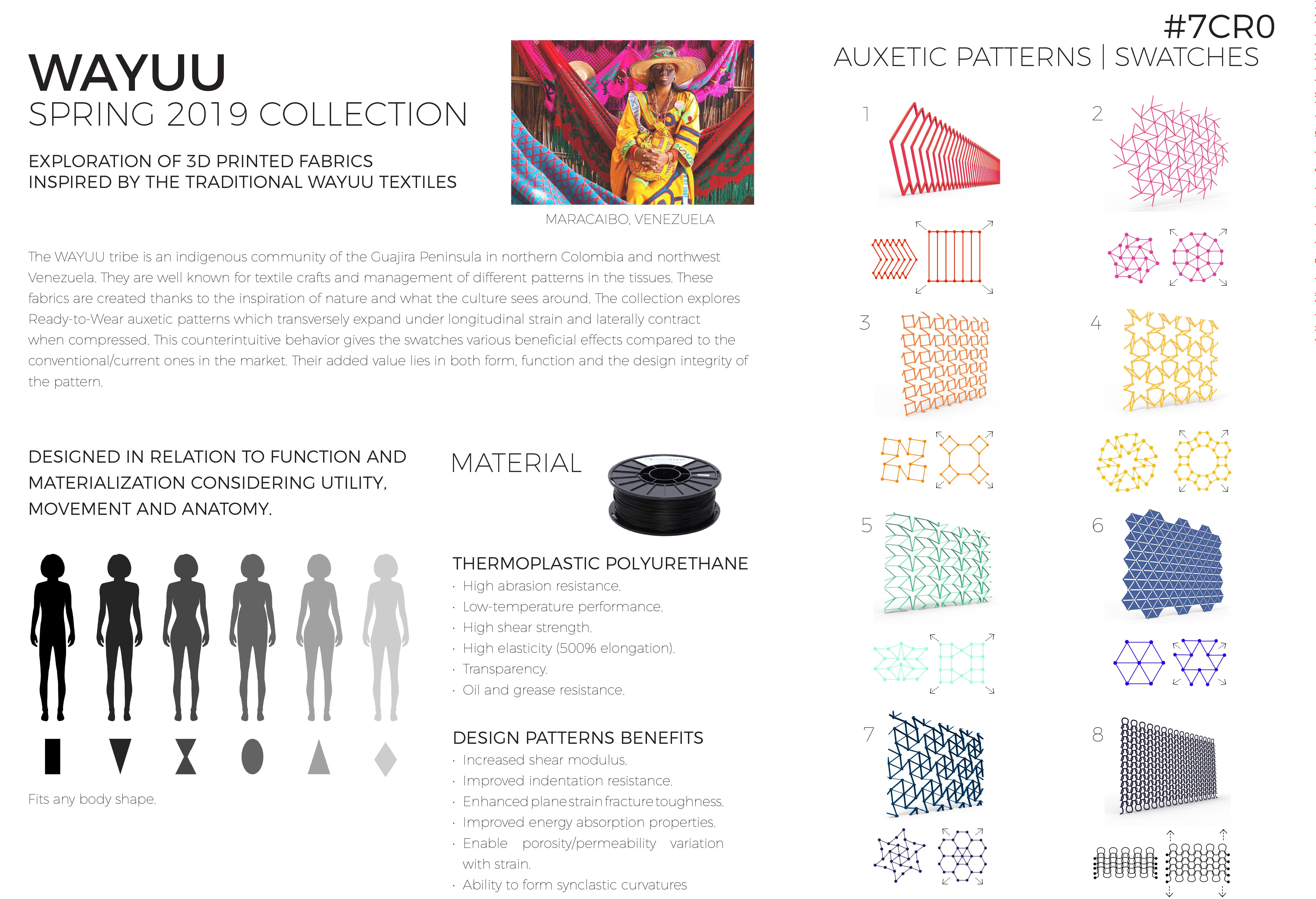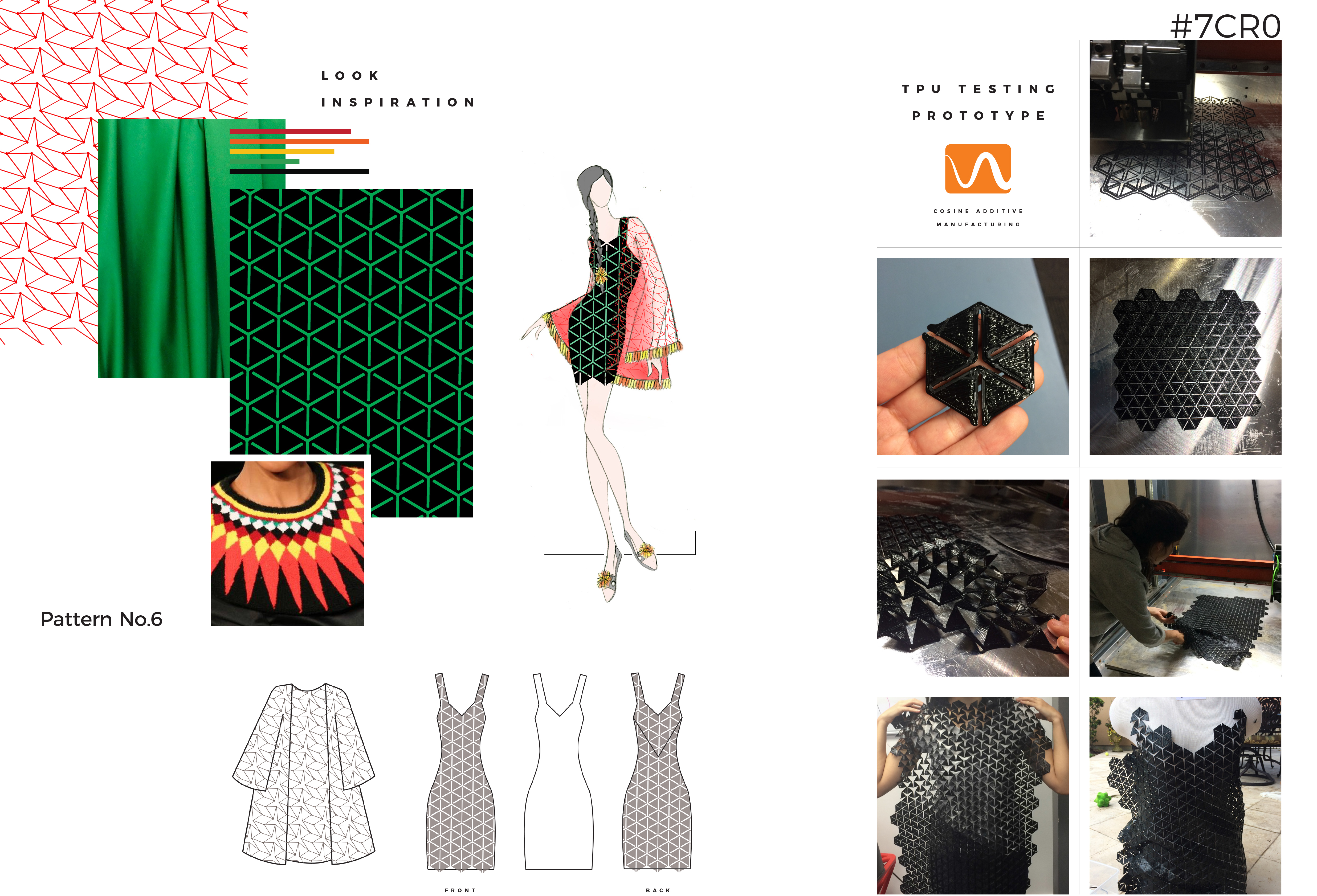RESHAPE17 | programmable skins
Loom
Designer: Maria Alejandra Mora Sanchez
LOOM
Textile Technology
During the Summer and Fall of 2016, I was fortunate to be able to fulfill my dream to study in Italy and learn about Italian design. In this life changing journey, I fell even more in love with design and discovered how much creating is an essential part of me. My semester at Nuova Accademia di Belle Arti in Milan was focused in learning about the Fashion perspective. Besides acquiring a taste for exceptional olive oil, I learned how to make a collection, how to properly sew a dress and how to create textiles in different traditional methods. I experienced the fashion industry through participating in different fashion shows, attending Vogue Talents, Milan Fashion Week, researching trends, and learning about the important place fashion holds historically and it’s value in society. Additionally, I visited the world’s most important textile factories and textile/accessories fairs, such as Milano Unica, LineaPelle, The Micam and other events, where they showcase the trends that will be set for the next two years.
While participating in these extraordinary events, I noticed that although textile technology is advancing through numerous traditional fabrication methods, there wasn’t sufficient exploration about other possibilities between fashion and 3D printing techniques. Perhaps from seeing the current experimentation of Haute Couture collections, I expected to see at least a few samples. Not particularly sure of knowing where everything I was learning would lead me to, I began to reflect on the following questions:
- Can we 3D print wearable clothing today?
- Can we design it to fit comfortably?
- Can we perhaps mix it with fabric to create a new type of composition?
- Can we 3D print fabric with designed functions?
And then I determined the following key points to tackle as a start:
- Design a textile collection with 3D printed flexible garments that are: comfortable, flexible, ready to wear, functional and fashionable.
- Explore the relationship between innate material properties and mechanical properties through intentional structuring of the material.
- Balance between tradition vs. technology.
- Blending of traditional textile manufacturing and 3D printed manufacturing processes.
ABSTRACT
I believe that 3D printing is the future of fashion. With the current developments we are experiencing in this technology there are a great number of opportunities to create amazing new products and materials. Since we aren’t able to 3D print fabrics yet, I decided to focus my thesis in designing flexible, adaptable, fashionable patterns and exploring auxetic properties. The intent is to explore the possibilities of creating wearable ‘textiles’ with structures that are designed in relation to function and materialization through anatomy, movement and utility. As far as additive manufacturing and the fashion industry are concerned they are mainly focused in accessories and conceptual sculptural pieces. However, these aren’t functional garments that adapt comfortably to the body and flow with human movement. Through this explorative project I hope that I can contribute into the future of fashion.
INSPIRATION
The WAYUU tribe is an indigenous community of the Guajira Peninsula in northern Colombia and northwest Venezuela. They are well known for textile crafts and management of different patterns in the tissues. These fabrics are created thanks to the inspiration of nature and what the culture sees around. The collection explores Ready-to-Wear auxetic patterns which transversely expand under longitudinal strain and laterally contract when compressed. This counterintuitive behavior gives the swatches various beneficial effects compared to the conventional/current ones in the market. Their added value lies in both form, function and the design integrity of the pattern.
COST
The filament used for this dress was Push Plastic Flexible TPU. I used 2 whole spools of 500mg in black color, which would set a cost of production between $60-$70 dollars according to the price of their website.
REFERENCES
“3D Fashion: New Research Project Wants the Fashion of the Future to Be 3D Printed.” 3DPrint.Com | The Voice of 3D Printing / Additive Manufacturing, 20 Apr. 2016, 3dprint.com/130556/research-fashion-3d-printed/.
Banks, Libby. “Pringle of Scotland, a Heritage Brand Modernized in 3-D.” The New York Times, The New York Times, 1 Dec. 2014, www.nytimes.com/2014/12/02/fashion/pringle-of-scotland-a-fashion-heritage-brand-modernized-in-3-d.html?ref=international&_r=1.
Huang, Wei Min, et al. “Instability/Collapse of Polymeric Materials and Their Structures in Stimulus-Induced Shape/Surface Morphology Switching.” Research Gate, 22 Feb. 2015, www.researchgate.net/publication/260948580_Instabilitycollapse_of_polymeric_materials_and_their_structures_in_stimulus-induced_shapesurface_morphology_switching.
“Human Anatomy Fundamentals: Flexibility and Joint Limitations.” Design & Illustration Envato Tuts+, design.tutsplus.com/articles/human-anatomy-fundamentals-flexibility-and-joint-limitations–vector-25401.
Liu, Yanping, and Hong Hu. “A Review on Auxetic Structures and Polymeric Materials.” Researchgate.net, 29 Apr. 2010, www.researchgate.net/publication/260948580_Instabilitycollapse_of_polymeric_materials_and_their_structures_in_stimulus-induced_shapesurface_morphology_switching.
Mitschke, Holger, et al. “Finite Auxetic Deformations of Plane Tessellations.” Proc. R. Soc. A, The Royal Society, 8 Jan. 2013, rspa.royalsocietypublishing.org/content/469/2149/20120465.
“Sculpteo.” Flexible Plastic Material for 3D Printing: 3D Printing Plastic, www.sculpteo.com/en/materials/flexible-plastic-material.





